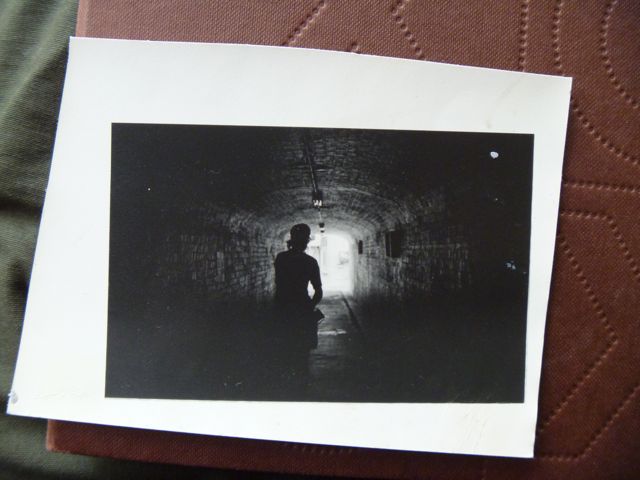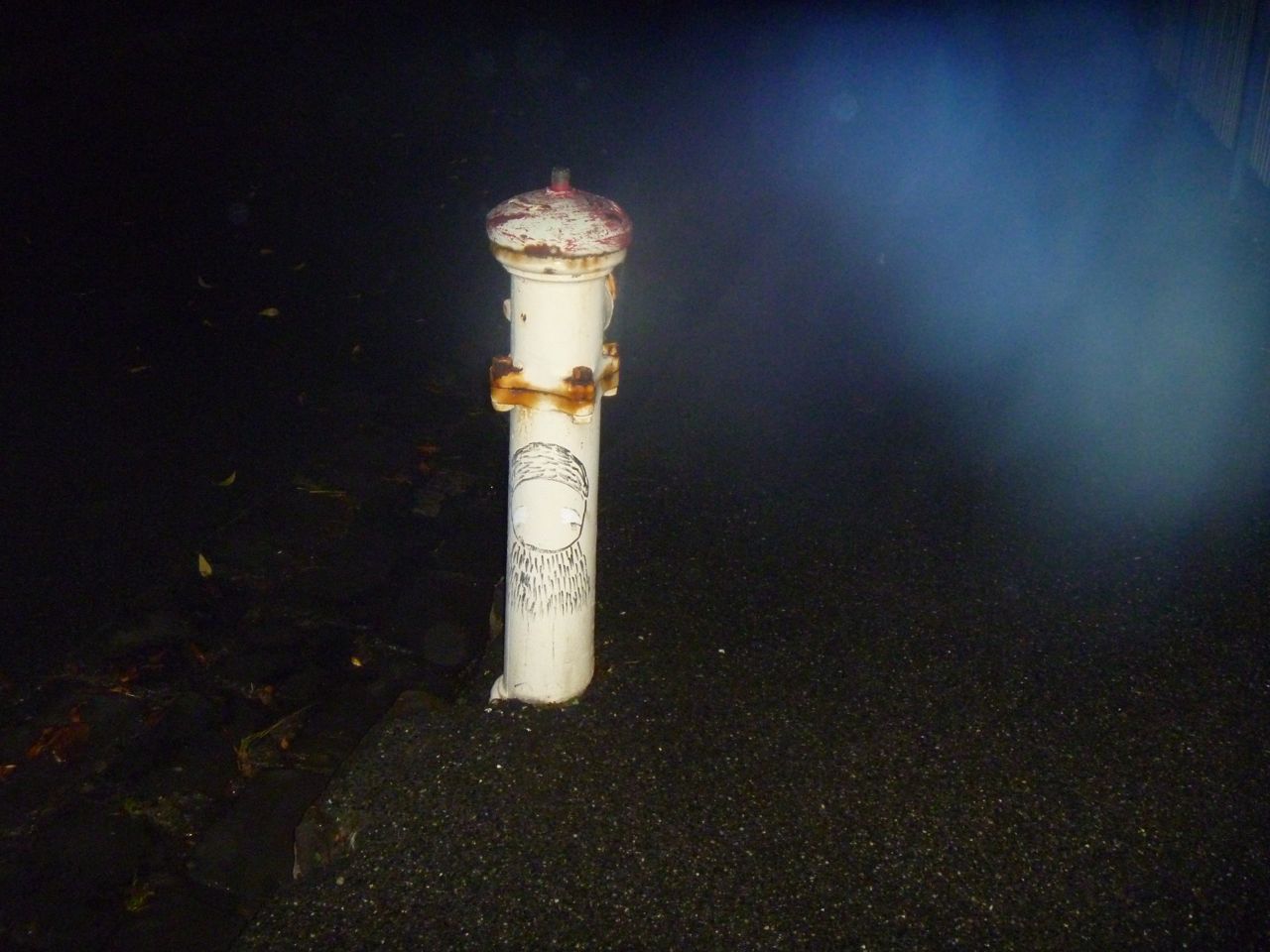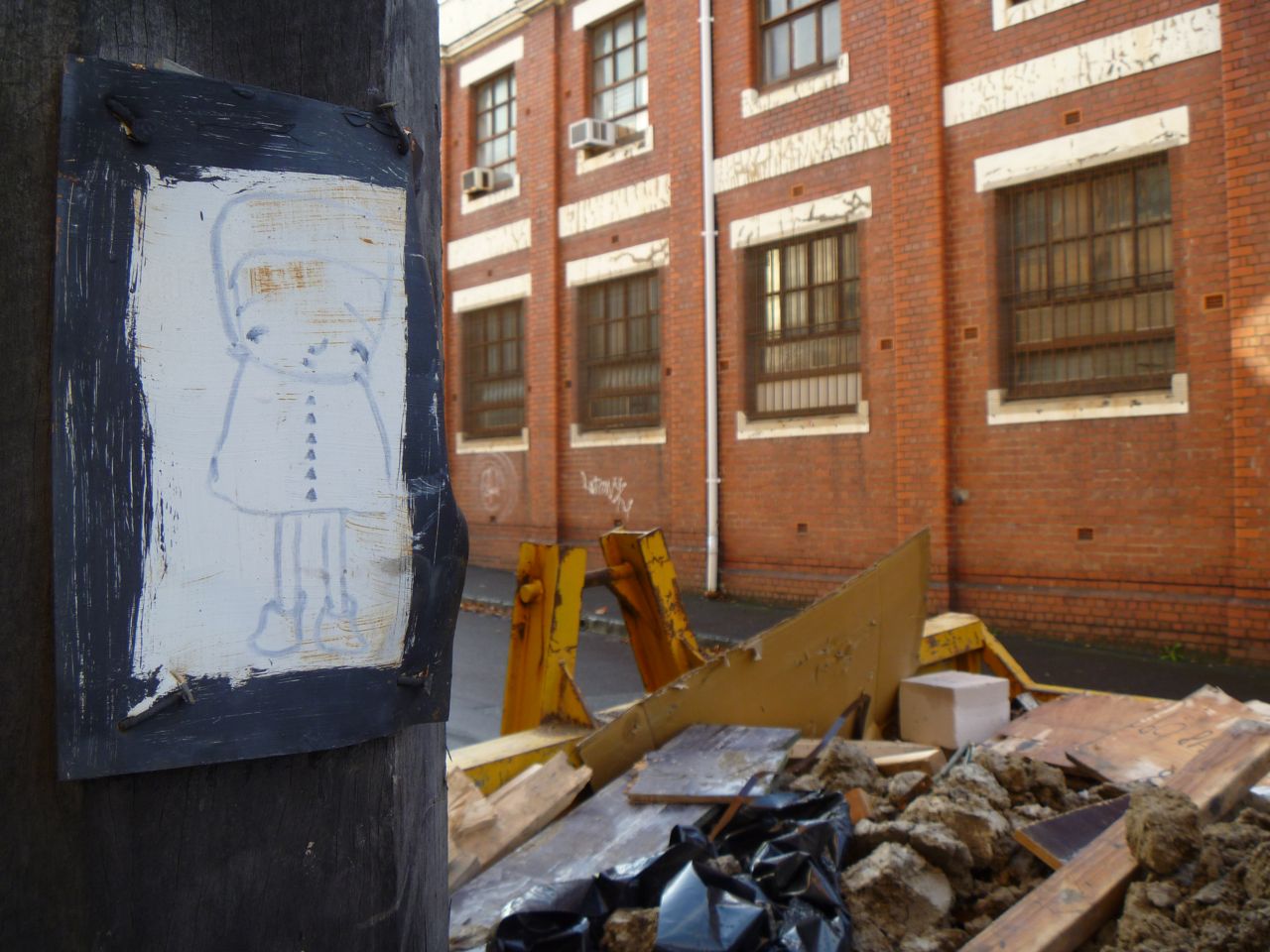One of my all time favourite photos of my brother Ned that I just re-found up at my Dad’s place. Classic. No idea when this is from… maybe 2002?
X Foreva + Always

We had so many beautiful and wild fires to send off the Seed Factory, where I had my studio for 4 years beside the train line in Clifton Hill, Melbourne. We got evicted and all 15 of us left in April. Thank you to all the wonderful people who were involved in the warehouse over the years for all the good times.
We had so many great moments, eras, on our mad wall facing the train line over the years.
Sitting under a gum tree.
Red spirit man.
Death, roaming the streets.
Cowboys havin’ fun in the city.
Sitting in the sun.
Meditating on Smith Street.
SPIRIT MAN
Off Coco Jackson Lane in Brunswick working with the history of the wall.
Spirit Man amongst demolition.
Beautiful train bridge near the Merri Creek.
Mates in Newcastle
I Painted this special memorial mural at Cockatoo Island as part of the Outpost Festival in November 2011. Thank you to all the workers and artists out at the island for their support during the painting of this mural.
left side
right side
Showing the massive beautiful Turbine Shed, with Kid Zoom’s house lurking in the background. They made steam trains in here! And turbines for massive war ships and the snowy mountains hydro-electic scheme. Fascinating much loved place with a dark history.
“The scars of a city– RIDL (Ned Sevil)
tattoos its body of walls
scratched into cement
reminded that you were once there.”
 My brother, best mate and also art collaborator and graffiti buddy Ned died last Boxing Day, 2010. He got cancer and died within 3 weeks of being diagnosed, just after we’d been on a road trip to Alice Spring to do an exhibition together.
I’m on the journey of how to live life without him.
From this Graff has become very sacred to me, as it has been in the past but more so now. And also teaching me that everything is ephemeral … and there is power and beauty in this.
Graffiti can act as memorials – sacred places, shared places, places lived. Graffiti speaks to spirits, those who lived these streets before us.
I’ve stumbled across several of my brother’s characters on the street since he died, such a strange feeling as the paint fades.
My brother, best mate and also art collaborator and graffiti buddy Ned died last Boxing Day, 2010. He got cancer and died within 3 weeks of being diagnosed, just after we’d been on a road trip to Alice Spring to do an exhibition together.
I’m on the journey of how to live life without him.
From this Graff has become very sacred to me, as it has been in the past but more so now. And also teaching me that everything is ephemeral … and there is power and beauty in this.
Graffiti can act as memorials – sacred places, shared places, places lived. Graffiti speaks to spirits, those who lived these streets before us.
I’ve stumbled across several of my brother’s characters on the street since he died, such a strange feeling as the paint fades.
 North Fitzroy, Melbourne
North Fitzroy, Melbourne
 Clifton Hill, Melbourne
***
If you have any photos of Ned’s work could you please email or post a copy to me. Thank you!
Clifton Hill, Melbourne
***
If you have any photos of Ned’s work could you please email or post a copy to me. Thank you!
I came to graffiti unexpectantly. I moved to the city when I was ten years old. I’d spent my years before that, first as a baby on two different farms, then moved to the small country town of Uralla in NSW, after a short stint in apparently a squatted place just on the edge of town in the neighbouring town of Armidale. After moving to Sydney I spent my time at school with my Mum, while I spent all my holidays up with my Dad in the bush. My brother Ned and I spent our time divided between the the city and the bush. This theme later carried on into both our art practices in ways we both probably didn’t expect. We loved finding wild spaces within the city to play in. Probably from having the freedom and space as kids to build our own cubby houses as we’d call them, places to hide away from the world we could call our own. We made a tinned roofed rough cabin that was cut into the side of the dam with a wood fire and a chimney. One winter in the cold and snow we constructed a labyrinth of tunnels and rooms through the hay-bales Dad had bought in bulk to later sell from his place for peoples vegie patches and to feed horses and cattle.
Ned got into graffiti as a teenager. He and his mates used to paint pieces in the back shed at our place near the beach in Sydney. A beautiful part of the city where the ocean meets the CBD. After school finished I moved to Newcastle for 4 years and studied environmental science and geaography at the home of Australia’s largest coal port. The city has an amazing history of convicts, bikies, surfers and steel. I then moved to Melbourne in 2001, after attending the World Economic Forum protests, or S11 the year before. I pretty much straight away got into independent media projects and started working for The Paper a fortnightly free political newspaper. I got into zines, stencils and street art more generally. Graffiti just felt a part of the free uncontrolled media movement. As well as Reclaim the Streets and Critical Mass at the time, there was a movement building to reclaim public space for the public. Skyscrapers, cheap student acommodation, advertising and increased surveillence are all part of the ever growing city lanscape around us. Graffiti – posters, tags, pieces, slogans, re-advertising, street sculptures, paintbombing – is a hands-on reclaiming of the achitecture of the city.
Things came together when I discovered the joy of painting in abandoned places. Old silo’s, a forgotten velura factory, a function centre, drains, a boarded up pub at the docks.
We kinda started organising to get people together to paint a place up then make a time for people to meet and all walk, ride and roll to the secret location. Shows like this under the title the Empty Show happened in Melbourne, Newcastle, Sydney, Brisbane and Canberra as well as other places. Different people worked together in different places. Music was made, rooms were transformed, the buildings would become alive full of people exploring and staring in happiness.
My brother Ned was exploring abandoned, forgotten, places in the city too in Sydney. He built a magical walkway through a roofless little house that will never be forgotten. The billboard jams the crew were doing up in Sydney at the time were huge, unlike anything I’d seen before.
The city has taught me that people will always find a way to make places they can call there own. And that in this simple desire lies a positive and creative future for what we now call cities.
I have learned that our use of resources in cities is vast and the impact that this has on the natural environment beyond cities is devastating. And for people to have the education to understand a world view beyond the city communication is vital. The limited ways to communicate with those around us must always be protected. In a largely urban population we have to not lose sight of the role “graffiti” plays in this.
Tom Civil
X